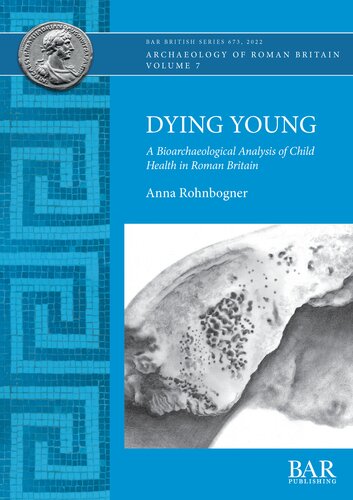

Most ebook files are in PDF format, so you can easily read them using various software such as Foxit Reader or directly on the Google Chrome browser.
Some ebook files are released by publishers in other formats such as .awz, .mobi, .epub, .fb2, etc. You may need to install specific software to read these formats on mobile/PC, such as Calibre.
Please read the tutorial at this link: https://ebookbell.com/faq
We offer FREE conversion to the popular formats you request; however, this may take some time. Therefore, right after payment, please email us, and we will try to provide the service as quickly as possible.
For some exceptional file formats or broken links (if any), please refrain from opening any disputes. Instead, email us first, and we will try to assist within a maximum of 6 hours.
EbookBell Team

0.0
0 reviewsDying Young explores childhood morbidity and mortality during the 1st to 5th century AD. The detailed osteological analysis of 953 non-adult (0 - 17 years) skeletons from 15 sites paints a rich picture of the lived realities of Romano-British children in towns and settlements of the countryside. Health and disease are examined under the themes of infant mortality, growth, diet, working lives, infection, access to resources and exploitation. Skeletal evidence indicates higher status of the urban population, which is in stark contrast to nutritional stress and a tough living environment in the countryside. The data suggests exploitation of the rural indigenous population, as well as rural-to-urban migration of adolescents, potentially in the search of work. Patterns in Romano-British childhood health are considered in context by comparison with similar studies for Iron Age and post-medieval periods. This volume highlights the importance of skeletons, particularly those of non-adults, as a multi-faceted resource for understanding the forgotten and marginalised people of Roman Britain.